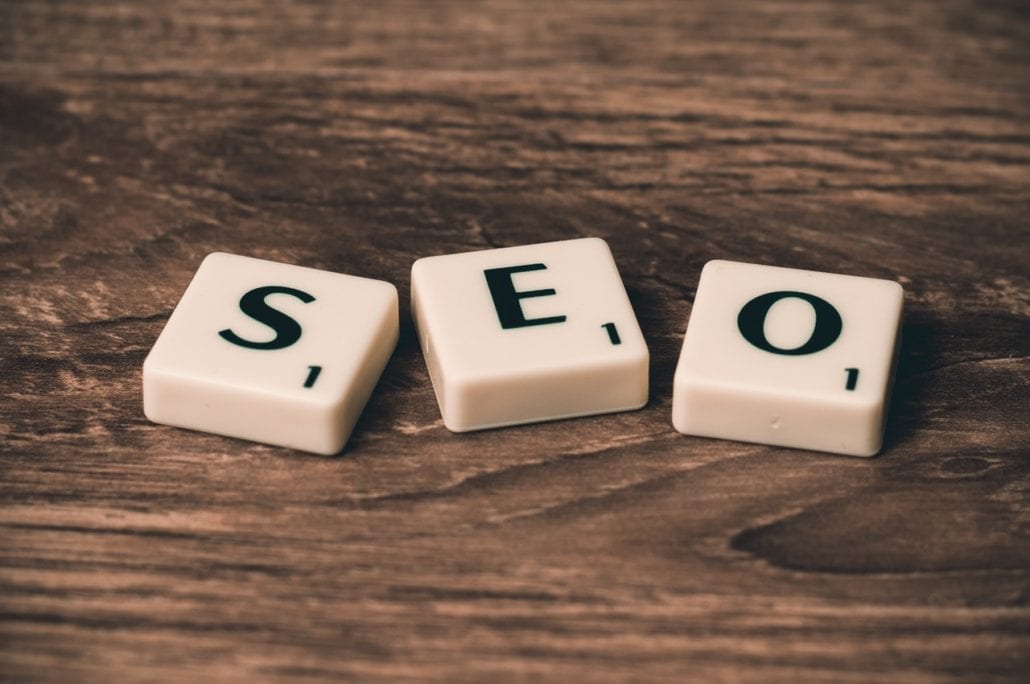5 Signs Your Office Space No Longer Works For You (And How To Fix Them)
Your ideas and the skills of your employees will push your company forward, but your office space will be the backbone that allows them both to thrive. If your office is no longer working for you, it’s working against you – and no good can come from that. Below, we take a look at five telltale signs that something the office needs to change, as well as offering some useful tips to fix the problems.
Photo courtesy of Pexels
Your Surroundings Don’t Match
In the early days of your business, you were not so concerned about where you worked. Any office would do: getting your business off the ground was the important part. There comes the point, however, when reputation starts to become a factor. If you look around at the companies in the neighboring offices and realize they don’t have the same ambition as you do, it might be time to begin looking for premises that the go-getting companies call home. It’ll help you step up your game.
Your Staff Are On Top Of Each Other
As a business owner, few things are more challenging than trying to gel your employees into a cohesive, well-oiled team. This is all the more difficult if your office is overcrowded and your workers are always getting in each other’s way; it’s a surefire recipe for workplace tension. If you have room, build extra office space on your premises and give people space to breathe. The relatively small steel building cost will be a small price to pay it if it leads to a happier workforce, and it’ll also enable you to add more employees should you need to. People always work better when they’re happy in their surroundings.
Relaxation Is a Memory
If you’ve got a cookie-cutter office space, then it’s unlikely to be relaxing or inspiring to your employees. But adopting the Silicon Valley approach of ensuring your workers feel comfortable at work can have real benefits, and it’s worth putting in the extra effort to create a space for them to unwind. Add a bigger kitchen, or chilled out reflection zone. It’ll be money well spent, as your employees will be at their creative best when they feel calm and relaxed.
Meetings Aren’t Productive
There’s a school of thought that says meetings aren’t productive even at the best of times, but there’s no denying that sometimes they’re just necessary. However, you’ll find them all the more difficult if you have to add extra chairs to a room just to accommodate people. If you have an important meeting, rent a conference room at other premises until you’re able to expand your office.
Targets Are Harder To Hit
If you’re failing to reach your goals or deadlines are getting stressful, your office might be playing against your worker’s productivity. If you have a big project that needs to be completed, consider allowing your workers to work from home. Studies have shown it boosts productivity, and you’ll also be freeing up office space for the people who need to be there.












